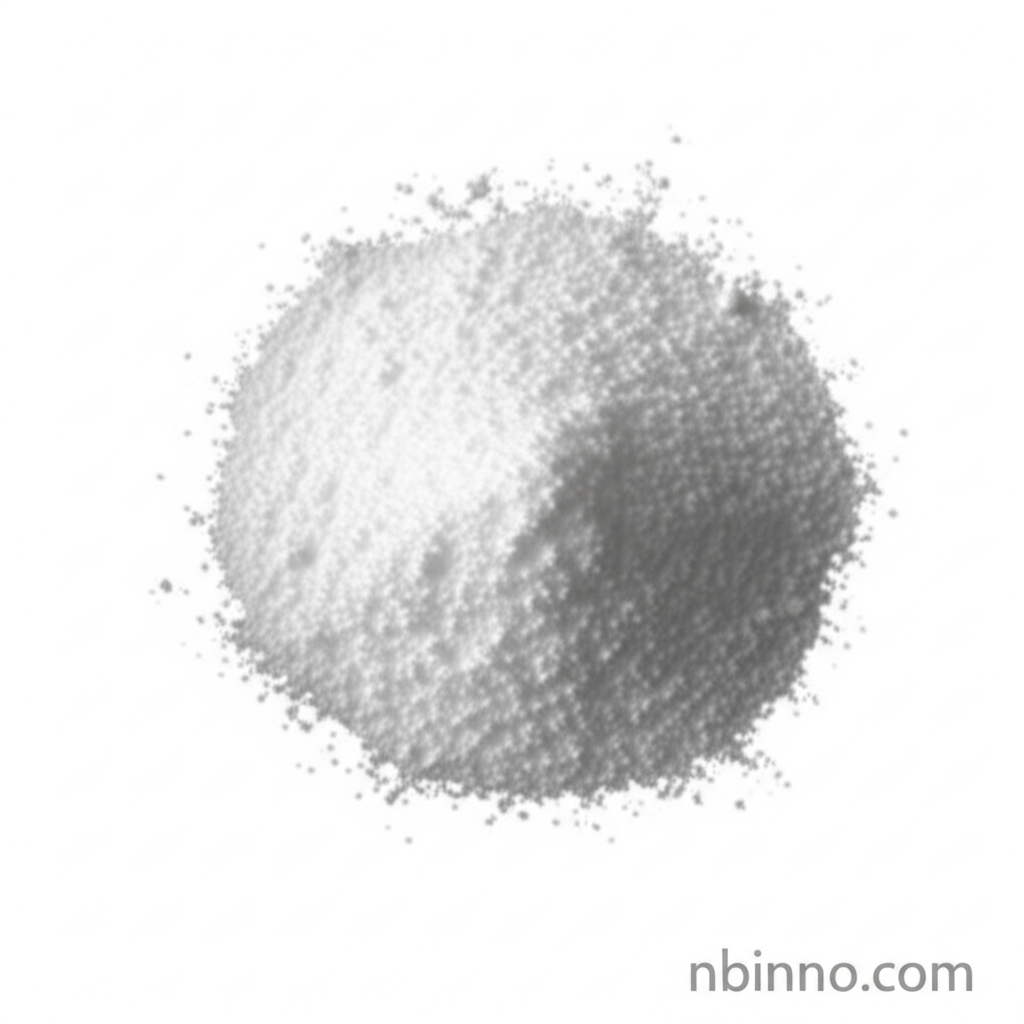Unveiling 2,7-Dihydroxy-4-Methylquinoline: Your Essential Pharmaceutical Intermediate
Discover the key properties, diverse applications, and reliable sourcing of 2,7-Dihydroxy-4-Methylquinoline for your research and development needs.
Get a Quote & SampleProduct Core Value

2,7-Dihydroxy-4-Methylquinoline
A high-purity compound, 2,7-Dihydroxy-4-Methylquinoline (CAS 20513-71-7) serves as a critical pharmaceutical intermediate. Its molecular formula is C10H9NO2, with a molecular weight of 175.18 g/mol. This quinoline derivative is recognized for its utility in various chemical syntheses and its application as a pH indicator, making it valuable for laboratory research and industrial processes. Its reliable performance and consistent quality are paramount for clients seeking to buy this compound for their complex chemical projects.
- Explore the 2,7-dihydroxy-4-methylquinoline synthesis pathways to understand its production and potential for customization.
- Find trusted 2,7-dihydroxy-4-methylquinoline suppliers globally, ensuring a stable supply chain for your manufacturing needs.
- Understand the critical CAS 20513-71-7 properties, including its high melting point (>=250 °C) and solubility in DMF, crucial for process optimization.
- Discover the versatile pharmaceutical intermediates applications where this compound plays a vital role in creating advanced molecules.
Key Advantages for Your Projects
Guaranteed Purity and Quality
Ensure your research integrity with a product that boasts high purity >=97.0% (HPLC), essential for reproducible results in pharmaceutical intermediate development.
Versatile pH Indicator
Leverage its function as a pH indicator, a key feature that aids in precise monitoring and control during various chemical reactions and analyses.
Reliable Chemical Synthesis
Utilize this compound as a building block in complex organic synthesis, facilitating the creation of novel compounds with potential therapeutic applications.
Key Applications
Pharmaceutical Intermediate
As a critical building block, it contributes to the synthesis of various drug candidates. Understanding its pharmaceutical intermediates applications is key to developing new treatments.
Chemical Research
Its defined chemical structure and properties make it an excellent compound for academic and industrial research, supporting advancements in medicinal chemistry.
pH Measurement
The compound's ability to act as a pH indicator is valuable in analytical chemistry and process control, ensuring accurate measurements in diverse settings.
Fine Chemical Synthesis
Its unique structure lends itself to the production of specialized fine chemicals, catering to niche markets requiring high-specification materials.
